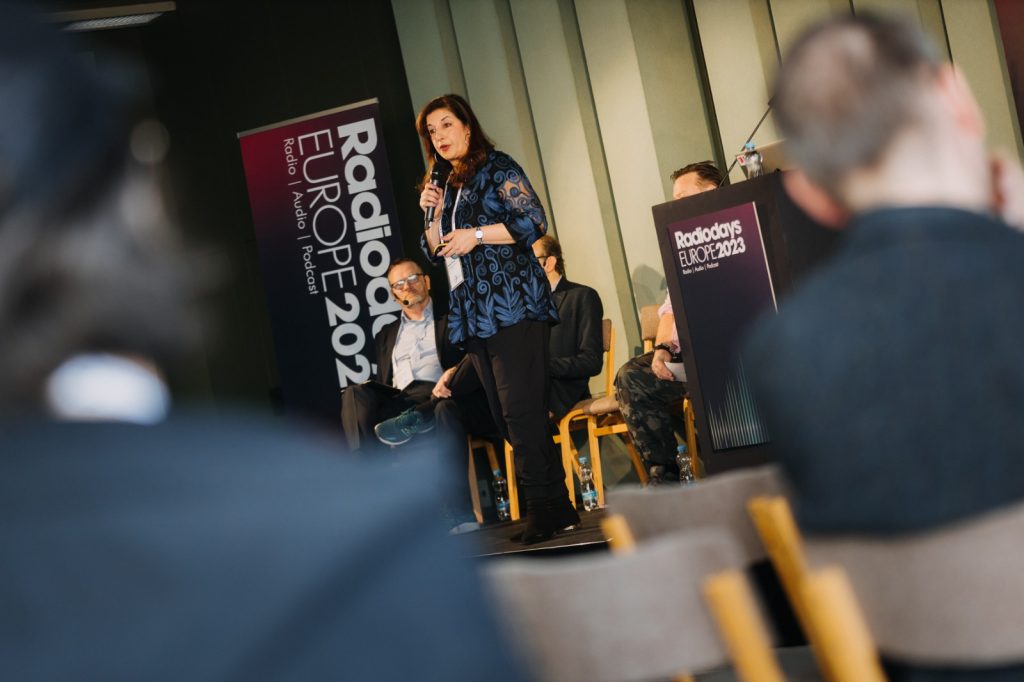“Music research is both science and art,” believes Francis Currie, International Audio Consultant and partner in specialist radio research company, Francis Currie Consulting. Research can help to discover which music people enjoy but on the other hand, relying too much on the research might mean missing not-yet-discovered talents. Proper research depends on different nuances. “You need to test the right songs with the right people,” he explains. He elaborates on music mapping, describing its ability to map the market and find an ideal recipe for music. One should analyse not only how the target listeners respond to various music, but also which music styles work together.
Sean Ross, radio consultant, and publisher of the newsletter Ross on Radio, agrees with Currie on the idea that music research should be built on data and creativity. He mentions that music programming must be done carefully. Ross reminds the audience of the power of streaming services by mentioning that songs can become popular without being played on air. “We need to talk to people who never listen to radio – is there something we can offer them?” he suggests a way how to attract new audiences.
Sharon Dastur, VP & Strategic Advisor Radio Intelligence introduces in her presentation a pattern which approved to her while creating a project. Her first step is the market study about the audience and inquiry, followed by minimalizing and focusing on one target. She claimes that not all data is created equally and song by song testing is necessary to see if the song that is heavily played currently can be played in the future as well.
She used Kate Bush’s song Running Up That Hill from 1985 which got popular after being used in an american tv show Stranger Things as an example which led her to think about TikTok songs that are rising in popularity even though they don’t make any sense for the radio since they are often sped up or differently edited from the original. She ended the speech with a thought that you cannot succeed unless you target your listeners and listen to them.
Radio analyser and CEO Mikkel B. Ottesen finished the session with first putting on a fireplace to the canvas to induce a feeling as ‘if you were wrapped in a hug’. He as well as Sharon thinks the music needs to be tested before played to the audience. He presented a chart with a Scissors point which showed that the more the song is played the more it’s listening decreases, however, according to Mikkel the method is not applicable in all cases. Sometimes you have to drop the popular song to get it back on the top. “If you do not, you might ‘kill’ the song,” he concluded.



